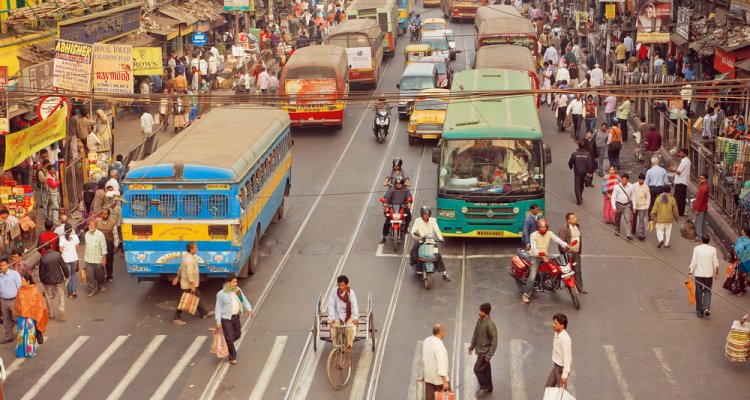
News
Will heat make life impossible in the Indus-Ganges plain?
If global warming continues at this rate, vast parts of India, Pakistan and Bangladesh will become unlivable by extremely high temperatures at the end of this century. In recent years thousands of people already died during heat waves and many harvests failed. What does this mean for the most densely populated area in the world?
Temperatures are rising as a consequence of climate change. Costing more than 4.000 lives, the heat wave events of 2015 in Pakistan and India showed the catastrophic consequences extreme temperature can have on humans. Even in regions where one would expect people to be accustomed to heat. It is in urban areas that heat is exacerbated by the urban fabric; concrete and built up mass, limited ventilation or vegetation and many anthropogenic sources of heat make cities several degrees warmer than the countryside. Options to escape the heat are limited.
HI-AWARE
News of heat waves in South Asia and the worrying forecasts of future increases in temperature and humidity levels in this highly populated region spreads globally. Dr Christian Siderius of Wageningen Environmental Research in the Netherlands, one of the researchers working on heat and heat adaptation strategies in the HI-AWARE project, was invited to Dutch national radio to give an insight into the heat stress issue and the impact this has on people and the potential consequences increasing global warming might have for people living in South Asia.
Heat strategies
Christian Siderius explained that the local and national governments in India and Pakistan are stepping up their efforts in terms of heat warnings and advisories to the public. Local strategies already exist that help reduce the indoor temperatures, like improved building design, using appropriate insulation, and reflective and isolation materials. This will not be enough though, and at a city level there is a need for better neighborhood design with heat strategies based on improving environmental conditions with more vegetation and open water to bring relief during hot periods.
Poverty and heat
Migration from rural to urban areas was also discussed, with increasing heat being an indirect factor, as it leads to reduced agricultural yields making life harder for people in rural areas. In terms of living conditions the shift to urban areas is not an automatic improvement, as temperatures in cities tend to be higher and traditional options to cope, i.e. sleeping outside under a tree or on the roof, are limited in the densely build up slums and low-income housing areas. An increase in economic opportunities and living standards is needed to bring people out of the poverty, and heat trap.
